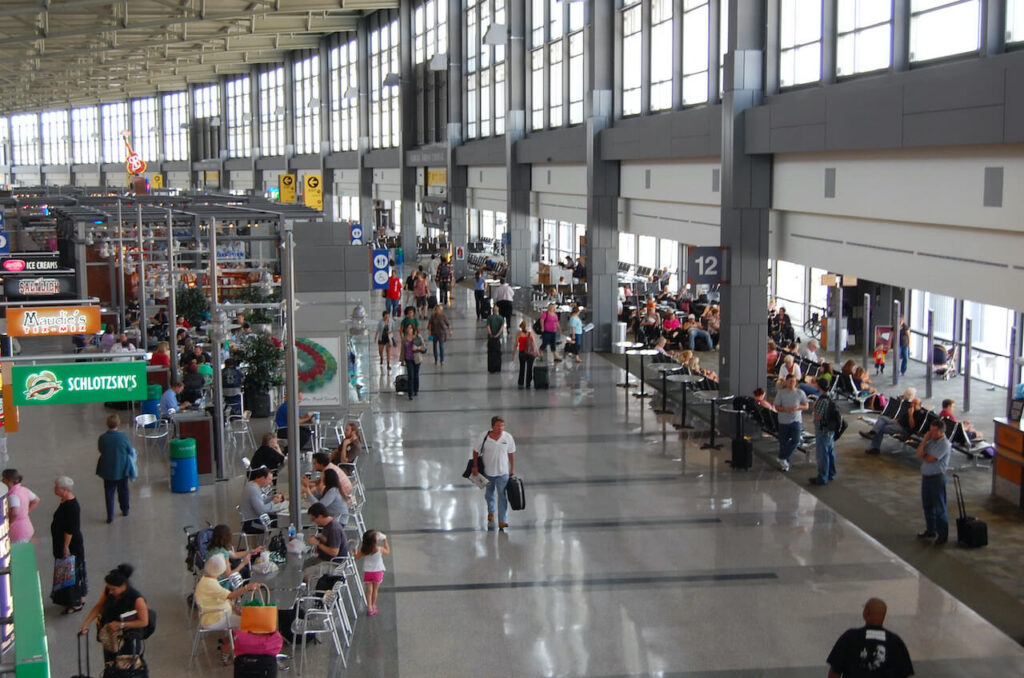Abandoned rental cars, security lines stretching outside the airport, and passengers missing flights. These were the “apocalyptic” scenes described by passengers at Austin-Bergstrom International Airport (AUS) on March 27, 2022.
My luck that my first time leaving the Austin airport was an apocalypse between Monday morning and both a NASCAR race and a PGA event this weekend.
— Joey Dillon (@joeydillon) March 28, 2022
We had to leave our rentals on the side of the road and security was easily at LEAST 2 hours hours deep. Thank you, pre-check pic.twitter.com/7RZuNfCqxE
Local news said that the line was so long Southwest Airlines (LUV), the airport’s largest carrier by passenger load, had already started to rebook flights for some passengers who still had an hour remaining before boarding their flights.
@KXAN_News Austin Airport Security line spans the length of whole airport AND zig zags OUTSIDE… pic.twitter.com/hnZh2BeuLE
— am (@a_livess) March 28, 2022
Airport staff told local media that the chaos began when one rental car stalled on the drop-off curb, blocking the line of customers from being able to return their vehicles. Customers were told by airport staff that they would be able to catch their flights if they just left the keys in the car. This caused a chain reaction that saw queues of abandoned rental cars snaking around the airport.
The airport told Bloomberg that the fuel shortage is linked to a surge in travel demand with a greater number of planes going in and out of the airport, causing many passengers to have missed their flights.
With 282 flights scheduled for today & 1,600 + more passengers flying out before 8 a.m. than we typically see, it’s a busy day at AUS.
— Austin-Bergstrom International Airport (AUS) (@AUStinAirport) March 28, 2022
While operations have returned to normal, we continue to ask passengers to arrive a minimum of 2 hours in advance now through early April. pic.twitter.com/5olg6JTaR0
The spokesperson told Bloomberg that the airport’s two fuel-storage tanks have not been expanded since it opened in 1999. As a result, the Austin facility typically holds one to two days of supply, less than half the five-to-seven days of fuel stockpiled by most airports of similar size.
AUS had issued a fuel shortage alert, and urged airlines flying into AUS to carry extra fuel or send in more supplies via tankers.
Despite the dramatic scenes that unfolded that day, no flights were delayed or cancelled.

